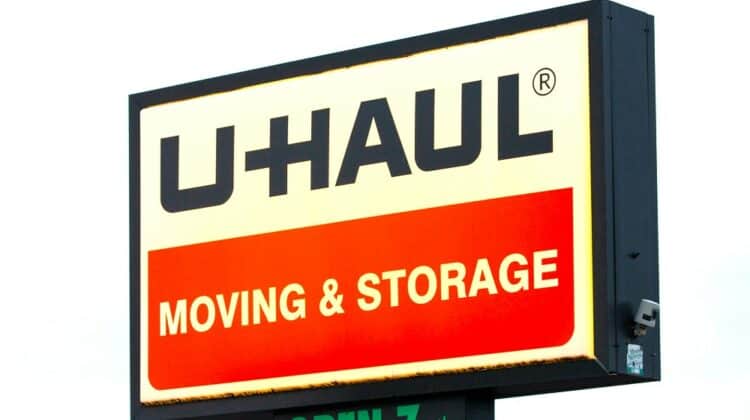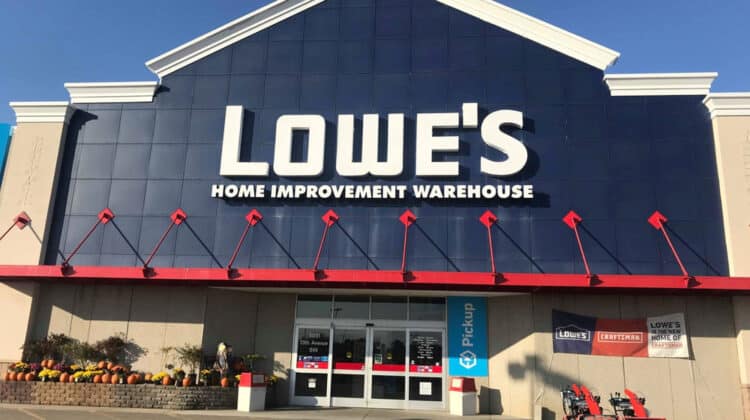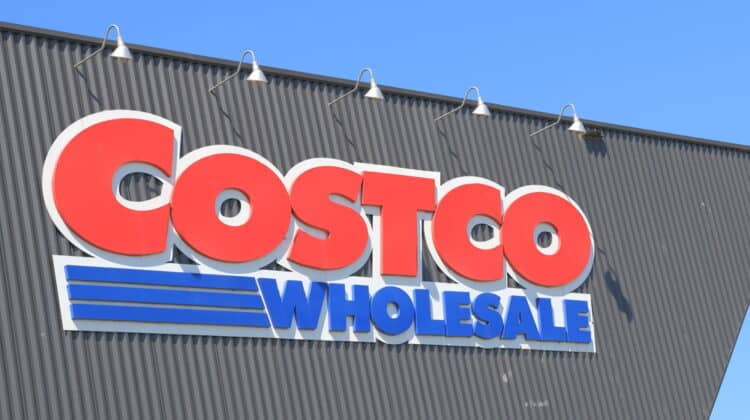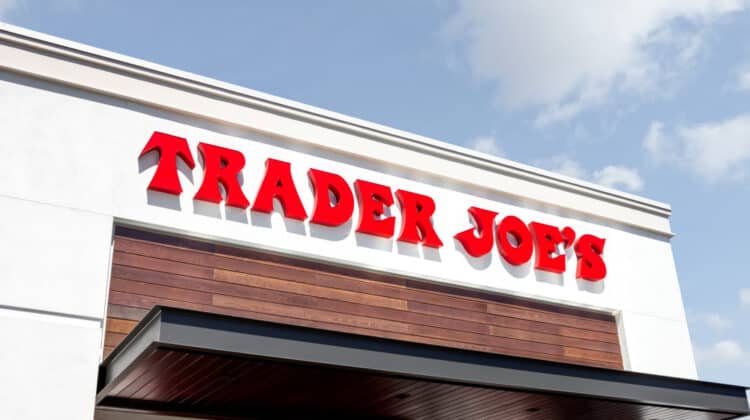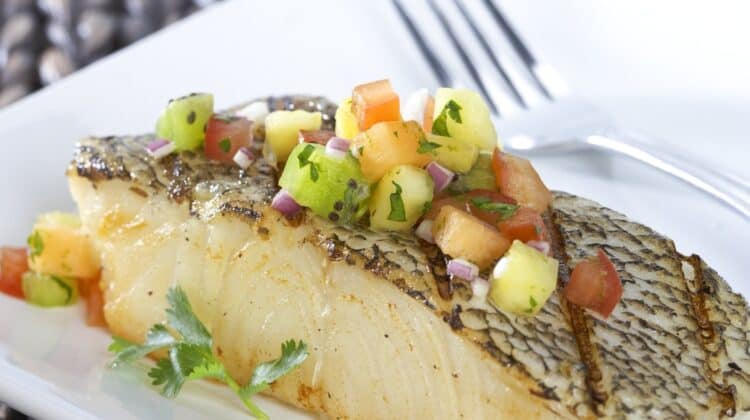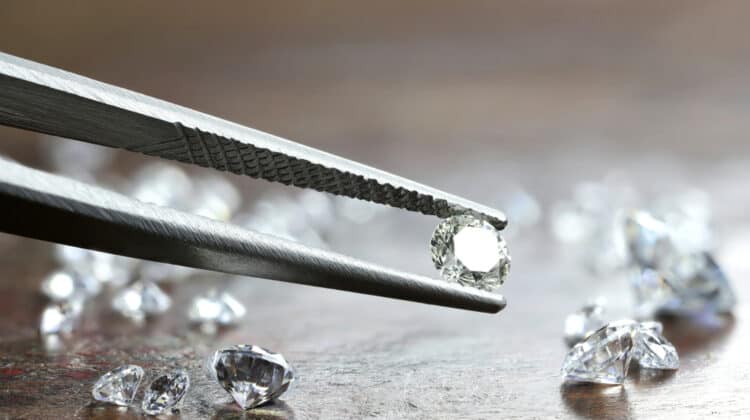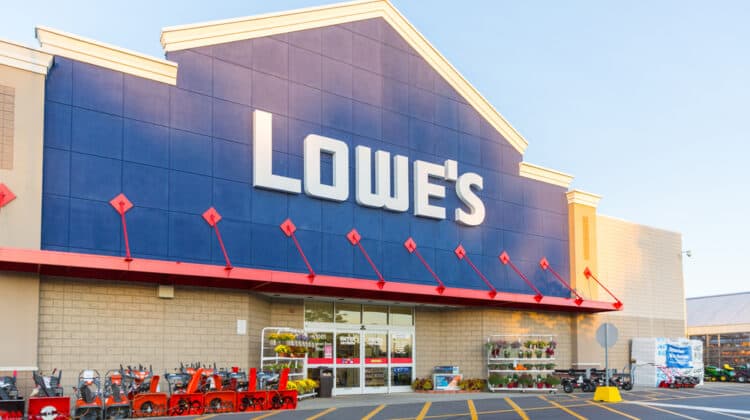
Water-resistant barriers work by preventing water from getting inside through the exterior of your home and allowing any water that does get inside to dry out.
Two of the most popular water-resistant barrier materials are Tyvek and tar paper.
Both materials protect your home from water damage.
However, which one is the best option?
The answer depends on your climate and your needs.
We will cover the advantages and disadvantages of Tyvek and tar paper to help you make the best decision for your purposes.
Tyvek Or Tar Paper?
Both Tyvek and tar paper make great water barrier options, but they have advantages and disadvantages that set them apart from each other.
Tyvek offers more permeability but less longevity, and you find it near the exterior siding.
Tar paper withstands high moisture levels, but it can crack in freezing temperatures.
That’s why you usually find it on the interior walls.
Introduction To Tyvek
Tyvek is a synthetic home wrapping made from polyethylene fibers.
The Tyvek brand is made by DuPont, and you may see the logo on construction sites.
Synthetic polyethylene fibers are relatively new on the market compared to tar paper, which has been used for many years.
Tyvek allows for high levels of permeability so that the walls can breathe and dry out if moisture seeps inside the wall assembly.
Tyvek usually comes in large sheets, either 8’ or 10’ wide.
These large sheets make them a great option for large areas, which works well since contractors install Tyvek under the siding on the exterior of the house.
Introduction To Tar Paper
Tar paper, or asphalt felt, is a building paper made from a mixture of tar or asphalt and fiberglass or paper.
It is the traditional vapor barrier material, and many contractors feel comfortable with it since it’s been in use for more than 100 years.
In most cases, you will find asphalt paper in sheets of 3’ x 50’ (15 lbs.) or 3’ x 100’ (30 lbs.), but you can find other sizes for more specific uses.
Contractors use tar paper for interior use, installing it on the warm side of the wall (usually on the inside of the insulation in moderate and cold climates).
Water-Resistant Barriers: Terms And Definitions

Before we talk about the differences between Tyvek and tar paper, it’s important to understand the terms we will be using and how they relate to each other.
Let’s answer some basic questions to clarify similar terms and terms that have different meanings.
1. What Is The Difference Between A Water-Resistant Barrier, A Vapor Barrier, And An Air Barrier?
Water-resistant barriers and vapor barriers (or vapor retarders) literally refer to the same thing.
You can use the phrases interchangeably.
Air barriers, while similar, require a distinction from vapor barriers.
Air can contain high levels of moisture.
Air with high moisture levels requires both an air barrier and vapor barrier to prevent it from entering your house.
It’s important to clarify that some vapor barriers do not act as adequate air barriers, especially when the air doesn’t contain high moisture levels.
2. What’s The Difference Between Asphalt Felt And Tar Paper?
Asphalt and tar paper both fall under the category of “building paper” and can be used interchangeably due to their similarity.
Both mix natural substances, either tar or asphalt, with paper to create a water-resistant barrier.
The only minor differences depend on the exact product, but the specifications remain more or less the same.
3. Tyvek VS. Synthetic House Wraps
What’s the difference between Tyvek and other synthetic house wraps?
The respected manufacturer DuPont established Tyvek as the top brand in synthetic polyethylene fiber materials, making the brand name synonymous with the material in general, similar to how people use the word “Kleenex” for facial tissue.
Reasons For Weather-Resistant Covering

Why exactly do you need a weather-resistant covering?
The covering insulates your home, protects it, and prevents water damage.
1. Insulation
A house sheathing can improve the insulation of your home.
This means that you will have lower utility bills.
Air barriers prevent air from getting through your walls into your home.
The better the material acts as an air barrier, the better it will protect your home from the outside air.
When it comes to insulation, Tyvek provides a better solution than tar paper.
The water-resistant barrier works as part of the efficiency program for your whole home.
If you are looking for other ways to insulate your home, you can install actual insulation into the walls and install efficient windows.
2. Protection
The vapor barrier will protect the home from dust and debris during a construction project.
Construction projects can get messy, and this mess can damage your home and the quality of the air in your home.
The additional material helps protect your home throughout the construction process, keeping much of the dust outside.
While this is not the main purpose of the product, it does create an additional benefit, with contractors purposefully installing the material before certain particularly messy tasks.
3. Water Damage Prevention
Most importantly, house sheathing acts as a way to prevent water damage and expensive repairs.
First, the material protects the water from getting inside in the first place.
When the rain enters through the walls, the vapor barrier stops it from getting through to the inside.
It’s not enough to keep all of the water out.
While some materials are virtually impermeable, no vapor barrier is 100% effective, so that water will enter eventually.
When water does enter the home, you need to allow airflow to dry the water and prevent it from causing damage to the wall assembly.
When water remains in the wall, it can cause deterioration of the building material.
The building material then gets soggy and doesn’t hold up as expected, especially if the material isn’t breathable enough to allow the moisture to dry out.
You can tell water managed to get into your walls if you see water stains or mold growth.
Any softness that indicates damage to the building material and must be completely replaced.
However, you can fix very light damage yourself as long as you resolve the initial cause of the water damage at its source.
Benefits Of Tyvek
Why would someone choose Tyvek in their construction project?
As the newer product on the market, Tyvek has more to prove.
These are just some of the benefits of Tyvek.
1. Permeable
Tyvek has high permeability levels reaching up to 60 perms.
This allows the wall to breathe when it does get wet, allowing water to dry out.
Many people believe that protecting the walls from water is the top priority, but breathability actually matters more.
While asphalt felt can reach similar levels when wet, it only rates at about five perms when dry.
2. Printable
If appearance is a concern, you should stick with Tyvek since you can print on it.
This means that the material can act as an appropriate product if it is visible in any way.
This becomes a particularly important issue in rooms with light-colored walls and high levels of sunlight.
3. Recyclable
You should recycle Tyvek material when you’re done with it to reduce the amount of material in the landfills since construction waste already makes up a disproportionate amount of waste.
Making your home “greener” can also increase its value to potential buyers who want homes that reduce their carbon footprint.
4. Durable
Tyvek is extremely durable, and it won’t crack under literal pressure.
In fact, it will hold up in situations where other products might crack, rendering them useless.
This is especially important in cold weather when the freezing cold can cause tar paper to fail.
5. Tapeable
You can tape Tyvek to many materials during installation, making it a little easier to complete.
This doesn’t necessarily mean that Tyvek is easier to install, but it is easier to stick to the current building material.
6. High Efficiency
Tyvek can provide high levels of efficiency, especially compared to tar paper.
This product keeps the cold air out in the winter and the hot air out in the summer, so you won’t need to run the air conditioner quite as much.
Benefits Of Tar Paper
Tar paper comes with its own benefits compared to Tyvek.
Learn some of the benefits to learn which product will suit your needs better.
1. Familiar
Contractors have used tar paper for a long time.
This means more people are familiar with it, and they have more knowledge.
2. Sealing Around Nails
A nice benefit of tar paper is that the tar paper will seal around nails automatically, meaning you won’t need to worry about water and air getting in through those small holes.
This becomes especially important when you nail items into an interior wall.
3. More Applications
Tar paper works to protect your home from water in your interior walls, roof, and floor.
Contractors can use one product for multiple uses, making it an easy decision.
Plus, buying in bulk for multiple uses can keep costs down.
4. Longer Lasting
While it varies from product to product and the conditions in the area, tar paper tends to outlast synthetic alternatives.
It holds up better when it does become wet.
When saturated, the material holds onto the moisture, keeping it contained until conditions for drying it out improve.
Limitations Of Tyvek And Tar Paper

Like anything, both Tyvek and tar paper have some limitations to them.
Learn about those limitations so that you can prepare for the differences right away.
1. Limitations Of Tyvek
Tyvek, while strong, can eventually deteriorate when the water reaches it and soaks it or when sunlight hits it.
When this happens, it becomes far less effective.
Tyvek also requires more detailed installation that not everyone has proper training in.
It also takes longer to install, so installation will generally cost more.
2. Limitations Of Tar Paper
The two main limitations of tar paper are that the tar paper can’t be used as an air barrier due to the many seams in the material, and it can tear in some situations.
Since tar paper doesn’t work as an air barrier, it doesn’t improve the efficiency of your home very much.
If you have high utility bills, you will need to look for other ways to insulate your home.
That’s one of the reasons it doesn’t work as well as an exterior house covering as it does an interior vapor retarder.
Also, if the tar paper rips, it will create problems.
Water will be allowed to get in, making the material less effective.
Finally, tar paper cannot be installed using tape.
It requires a stronger adhesive.
Alternative Options
You have alternative options outside of Tyvek and tar paper.
The two main additional options include Grade D Building Paper and draining house wraps.
1. Grade D Building Paper
Grade D building paper is an inexpensive alternative to asphalt paper.
Instead of being made from recyclable material, it is made from wood pulp.
However, the paper deteriorates rather quickly when wet, making it not advisable for use in wet climates.
2. Draining House Wraps
Draining house wraps developed as a response to the need for better drainage in areas with high rain and moisture levels.
Most of these products come with wrinkles or are corrugated to promote higher airflow to allow the moisture to dry out.
Tips For Installing Tyvek And Tar Paper

It’s best to know some of the details regarding the proper installation of your materials.
Here are some tips regarding the installation of Tyvek or tar paper.
1. Doors And Windows
Doors and windows are the areas of the home that experience the most installation problems.
You need to take special care to get things right around the doors and windows.
The largest problems develop as a result of the different materials used today compared to just a couple of decades ago.
Do not wrap windows at the head.
Instead, you tape over the head flange and cover with tape.
2. Climate
Most building codes require a water-resistant barrier, but different climates have different requirements.
For example, most colder and moderate climates require a vapor barrier on the inside of the insulation, but hot climates may not require a vapor barrier.
If installed, people install it on the outside of the insulation.
The idea is that it should be on the warmer side of the insulation.
Keep in mind that some vapor barriers will only increase problems in areas with high moisture levels if it doesn’t allow the material to breathe.
When To Use Tyvek Compared And Tar Paper

Tyvek and tar paper come in handy in different situations, and you want to ensure you use them wisely to get the most out of them.
1. When To Use Tyvek
You should use Tyvek whenever you need something especially durable.
For example, you will use Tyvek in especially cold areas that freeze often.
If the material freezes, its strength will keep it from cracking when the temperature changes drastically.
You will also use printed Tyvek for walls that show too much of the wall assembly inside of them.
2. When To Use Tar Paper
Tar paper makes a great option for the roof as well as the walls in moderate climates that don’t experience too much freezing.
You’ll use tar paper in places with much higher moisture levels since the material won’t become damaged as quickly as Tyvek.
Costs Of Tyvek Vs. Tar Paper

Now that we have covered how each option compares when it comes to performance, it’s important to know how each product compares with regard to price.
1. Price Of Tyvek
For Tyvek house wrap, you can expect to pay an average of $0.71 per square foot for both the product and installation.
For an average home, this comes to a total of $630.00 to $790.00.
If you do the installation yourself, the materials will cost roughly $130.00 to $140.00
2. Price Of Tar Paper
The average cost for both the tar paper materials and installation for tar paper is $0.56 per square foot.
Of course, the total price depends on the square footage and the application.
Roofing may cost less since that is generally smaller than the siding.
Final Thoughts On Tyvek And Tar Paper

Both Tyvek and tar paper make great options when it comes to protecting your home from water damage.
However, they both work best in different situations.
Before making a decision, talk to your contractor to learn what they recommend.
However, Tyvek tends to work best for a home’s exterior, where tar paper makes a great option for protecting interior walls.
In general, contractors feel more comfortable working with tar paper.
However, Tyvek makes an excellent solution for cold weather situations when the material may freeze and crack.
NEXT: Why Does Steam Update So Much? (3 Reasons Why)







